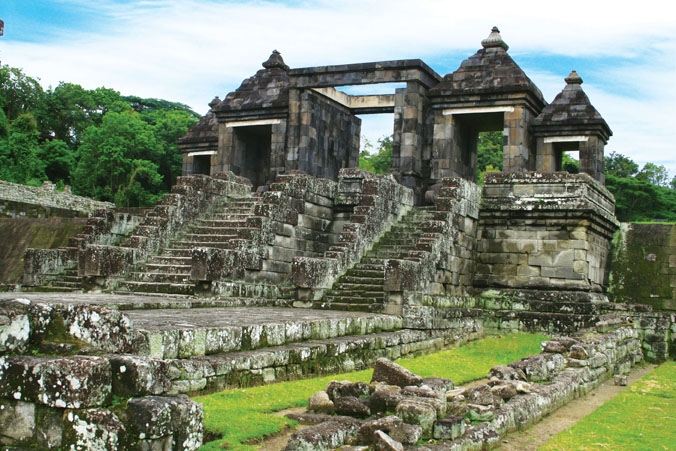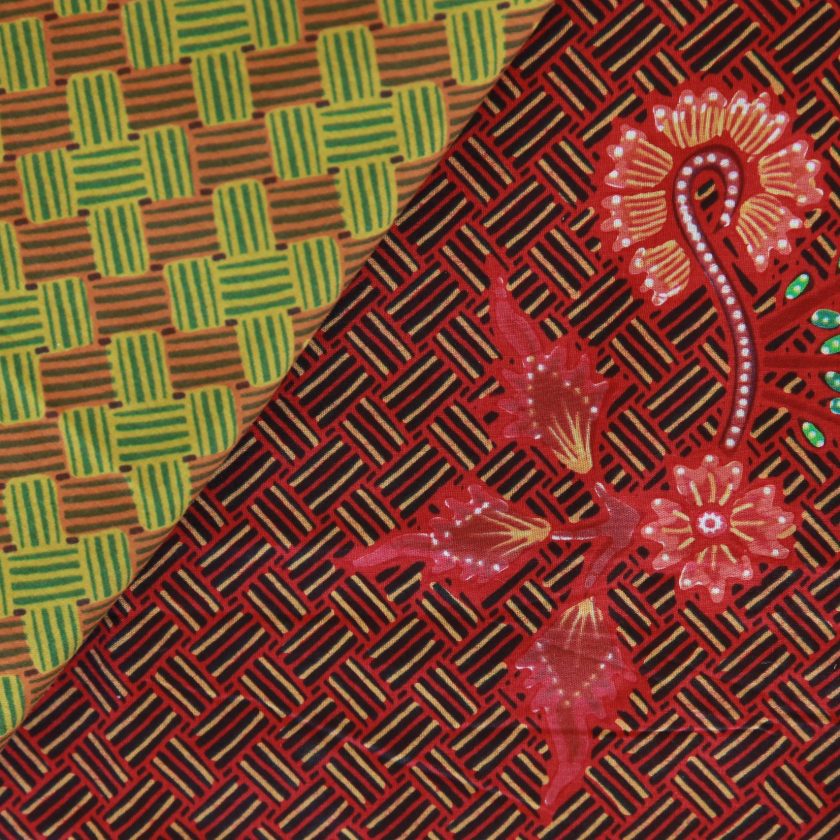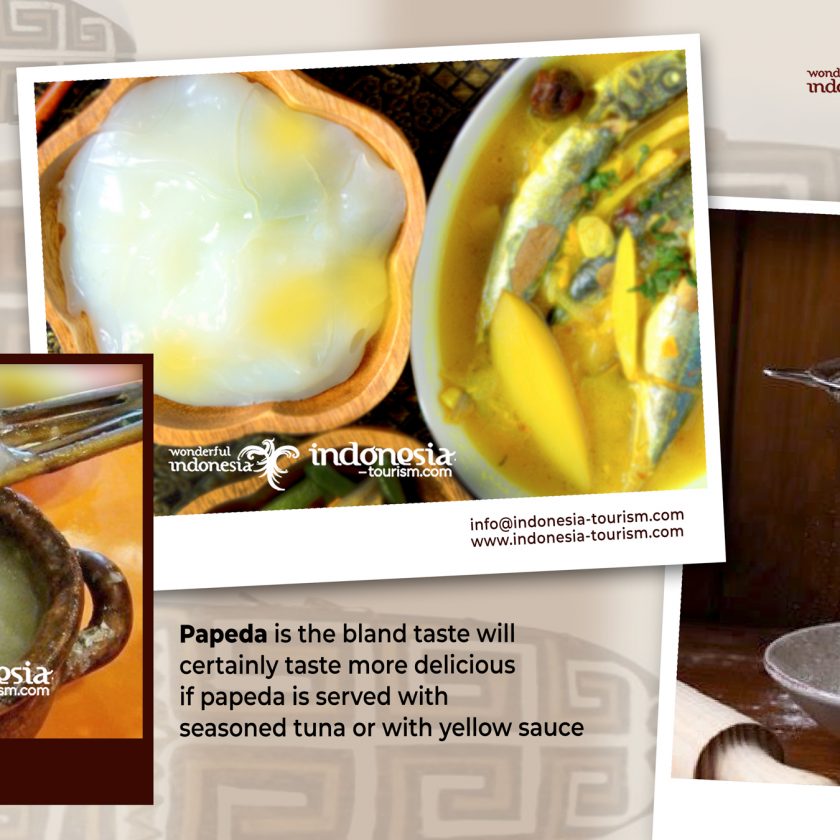Ratu Boko Temple
Settled on a hillside plateau, overlooking Prambanan temple complex and with a view to Mount Merapi behind Prambanan Temple complex, lie the remains of a once grand palace. The palace (kraton) is named Ratu Boko after a King Boko of local folklore, but the real owner of the palace is more likely to have been a king of a local dynasty.
Ratu Boko temple is located on a plateau, about three kilometres south of Lara Jonggrang Prambanan temple complex in Yogyakarta Central Java, Indonesia. Grand stone gates, built on two levels, are the largest and most often photographed structures of the site, it is clear that these lead to what was once a settlement, which sets Ratu Boko apart from the other archaeological sites in Central Java which are entirely religious in nature.
The site covers 16 hectares in two hamlets (Dawung and Sambireja) of the village of Bokoharjo and Prambanan. In striking contrast to other Classic-period sites in Central Java and Yogyakarta, which are remains of temples, Ratu Boko displays attributes of an occupation or settlement site, although its precise functions is unknown. Probably the site was a palace complex which belongs to the kings of Sailendra or Mataram Kingdom that also build temples scattered across Prambanan Plain.
In 1790 the Dutchman Van Boeckholtz found ruins, and over time research was done, and by 1838 the Dutch commenced restoration work. In 1952 the Indonesian government took the reigns, and has continued work since then.





